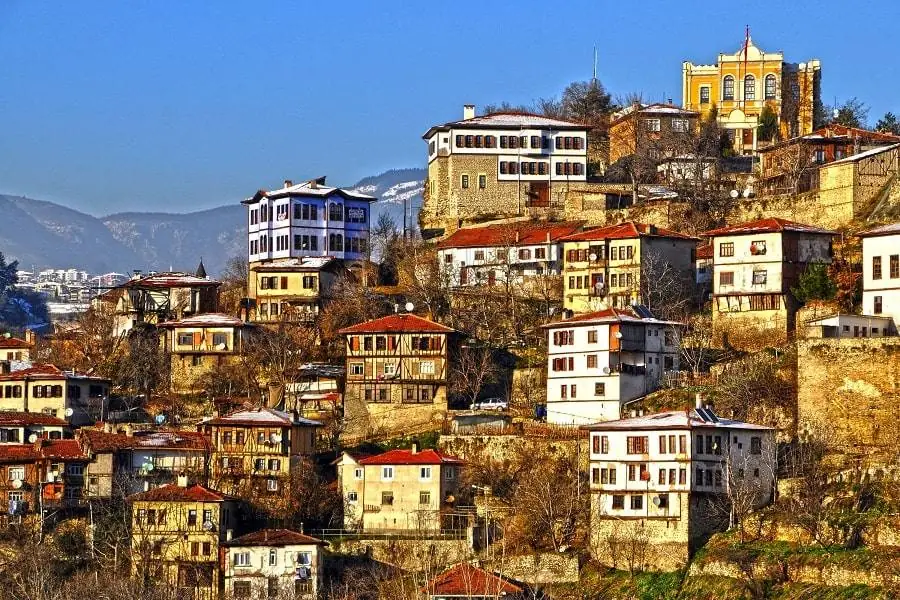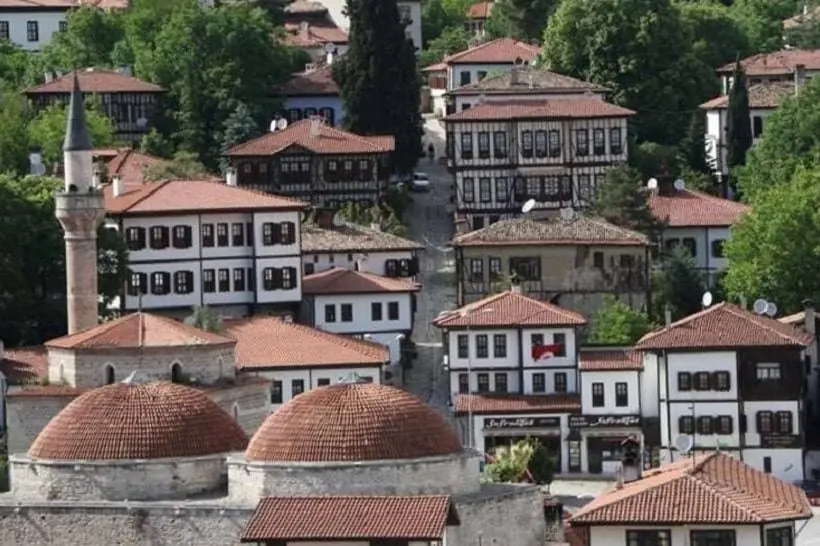The City of Safranbolu was an important hub for the caravan trade for many centuries. It is a typical Ottoman city with traditional streets and structures. After the Turkish invasion in the eleventh century, the settlement grew into a commerce hub, and by the thirteenth century, it had developed into a significant caravan post. Its layout shows how the town naturally grew in response to economic progress, and its buildings show how its socioeconomic structure changed up until the original caravan routes vanished and beyond.

Three major historic districts can be found in Safranbolu: Kranköy, which is home to the city’s market, Balar, and the area around it (the Vineyards). ukur, which is located in the lowest section of the town, is shaped triangularly by two rivers. The market square, which is in the centre, is flanked by residences and stores owned by artisans. The city center’s segregation is a common feature of cities in Anatolia.
Before the pandemic, Far Eastern tourists frequented Karabük’s Safranbolu area, which is included as a UNESCO World Heritage Site; but, in recent years, Americans and Europeans have begun to appreciate the old city.

♦ 4 Days Turkey Tour – Cappadocia Ephesus Pamukkale Tour
With its historic buildings from the Ottoman era, including inns, baths, palaces, fountains, mosques, and bridges, Safranbolu is quickly rising to the top of the list of popular tourist destinations for both local and international travellers.
Prior to the pandemic, Safranbolu was the Far Eastern tourist destination of choice. In the first 10 months of 2022, the USA, Germany, France, Poland, Russia, and Kuwait were the top visiting nations. Elif Köse, the mayor of Safranbolu, told the following to a reporter for hlas News Agency (UHA):
“We have experienced a long pandemic process. Cities like ours, which earn their bread from tourism, have been adversely affected by this situation. One of the reasons for their negative impact was the arrival of tourists from the Far East to this region. The beginning of this pandemic started in the Far East, that is, in China. Naturally, Far Eastern tourists, who have the potential of this place, have started not to come. However, our work was not only dependent on the tourists of a country or region, but also to ensure that European tourists who value cities that are developed especially in terms of cultural tourism come to our city. Our work has always been in this direction.”

